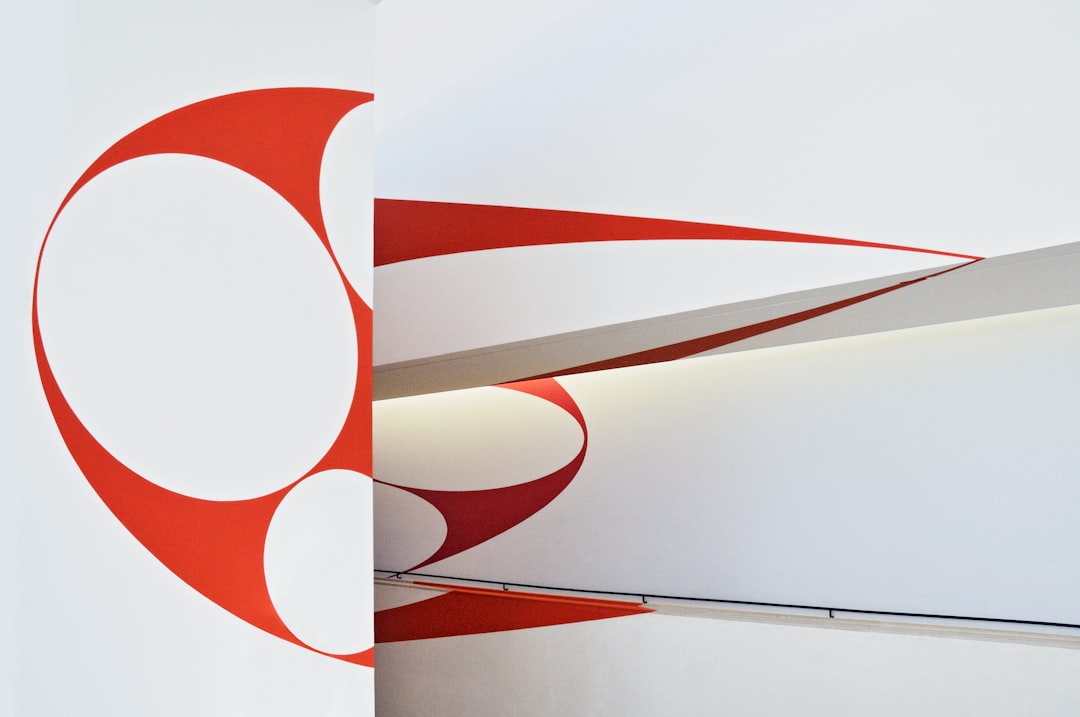Multilingual Sites: Keeping the Logo Clear Across Languages
Creating a multilingual website involves more than just translating content — it’s about making every element resonate with users from different cultures and languages. One of the most critical, yet often overlooked, elements of branding across languages is the website logo. Whether you’re a global brand or entering new markets, keeping your logo clear, recognizable, and effective can dramatically impact user trust and engagement.
TLDR:
When developing multilingual websites, brand consistency is key — and your logo plays a central role. Even as content shifts by language, your logo should remain recognizable, adaptable, and not lose quality or meaning. Designers must navigate linguistic, cultural, and layout challenges to ensure logos maintain their integrity across all localized versions of a site. This article breaks down effective strategies to keep logos clean, consistent, and professional across multilingual platforms.
Why Logo Clarity Matters in a Multilingual Environment
Think of your logo as the face of your brand — it’s how people recognize you instantly. In a multilingual site, where users are switching languages, your logo acts as a constant symbol of trust and identity. A distorted, inconsistent, or incorrectly rendered logo can break the illusion of professionalism. Worse yet, it could unintentionally offend or confuse users.
Maintaining logo clarity and branding authenticity across language versions means addressing a few important considerations:
- Translation and linguistic compatibility
- Layout shifts and directionality
- File formats and scalability
- Cultural interpretations
Common Challenges When Using Logos on Multilingual Sites
Adapting a single brand identity across multiple languages isn’t always straightforward. Here are a few issues that often arise:
1. Textual Elements Within the Logo
If your logo includes words, especially in Latin characters, you’ll face the challenge of either translating these or leaving them as-is. For instance, IKEA maintains the same logo worldwide, using Latin script in every region. This works for them because the name itself is a brand. However, for brands where the logo text is purely descriptive or generic (e.g., “Global Shop”), the decision to translate comes into play.
2. Layout and Alignment for RTL Languages
Languages such as Arabic or Hebrew read from right to left (RTL). This often requires a mirrored layout on websites, including navigation, text alignment, and even logos. If a logo has directional elements — like arrows or graphics pointing right — it might look reversed in RTL versions of the site unless specifically accounted for.

3. Font and Typeface Limits
Your logo may use a custom typeface that doesn’t support all the alphabetic characters needed in other languages. This is particularly true for Asian scripts such as Mandarin, Korean, or Japanese. Substituting fonts or translating logo text can alter the entire look and feel of the branding.
4. Cultural Sensitivity
Colors, shapes, icons — all may carry different meanings in different cultures. A harmless shape in your original logo might look offensive or carry the wrong message elsewhere. It is essential to test your logo in its various contexts to gauge reactions among your international audience.
Best Practices for Keeping Logos Clear in Multilingual Designs
1. Keep the Logo Text-Free (If Possible)
A universal visual identity often benefits from having no written language in the logo. Using icons, abstract shapes, or simple monograms helps eliminate the layer of translation altogether. Think Apple or Nike — their logos transcend language boundaries.
2. Use Vector Files for Flexibility
Design your logo using scalable vector graphics (SVG). These files adapt to various screen sizes and devices without losing quality, which is especially important for multilingual sites that cater to different regional technologies. SVG files are also easier to edit if adjustments are needed for specific languages.
3. Provide Logo Variants for RTL Layouts
When designing for Arabic, Farsi, or Hebrew, create RTL-specific versions of your logo when appropriate. Maintain core brand features while ensuring the logo flows logically in the right-to-left direction, particularly if it includes directional shapes or calls to action.

4. Build a Multilingual Style Guide
A style guide for your brand that includes instructions for multilingual adaptation can save time and ensure consistency. This guide should include the following:
- Font choices and acceptable substitutes
- Logo placement rules for different language versions
- Color palette use across cultures
- Examples of acceptable positioning in RTL and LTR formats
5. Choose Localization Over Translation
If textual elements of your logo must be adapted, consider localization rather than direct translation. Localization takes into account cultural appropriateness, phrasing, and emotional context. This practice is critical especially for CJK (Chinese, Japanese, Korean) languages where a word-for-word translation may not carry the same impact or meaning.
Case Studies of Successful Multilingual Logo Execution
Coca-Cola
Coca-Cola is a stellar example of a brand that has localized its logo across cultures without losing identity. In several countries, the iconic script remains, but the language shifts — such as using Arabic calligraphy in Middle-Eastern regions or adopting Chinese characters in mainland China. Importantly, each localized version respects cultural aesthetics while keeping brand recognition intact.
While Google’s core logo doesn’t change much across its properties, the localized Google Doodles often reflect cultural events and adjust the visual language accordingly. However, even in these changes, the base form and identity of the brand remain immediately identifiable — a delicate balance between localization and brand integrity.
Testing and Feedback Loops
Before launching the multilingual versions of your site with their respective logos, conduct usability tests in each target region. Gain insights from native-speaking users regarding:
- Clarity and readability of the logo
- Cultural comfort or discomfort with the design choices
- Responsiveness across popular local devices and screens
Also, implement a feedback loop so future versions can be improved based on user reports. Monitor analytics, check bounce rates, and use A/B testing where possible to refine logo presentations.
Wrapping Up: Branding Beyond Borders
Creating a successful multilingual website that keeps your logo consistent yet culturally attuned is both an art and a science. The key is in thoughtful design, strategic localization, and an understanding of how users interpret visuals. Don’t assume your original logo works everywhere — test, adapt, and evolve it as needed to maintain global appeal without sacrificing identity.

By following these practices and planning ahead, you’ll ensure that your logo continues to serve as a cornerstone of your brand’s identity — no matter the language or region.


![How to Send Large Files Through Gmail [Step-by-Step] How to Send Large Files Through Gmail [Step-by-Step]](https://webdevsupply.com/wp-content/uploads/2025/09/red-envelope-gmail-inbox-email-attachment-large-files-80x80.jpg)
